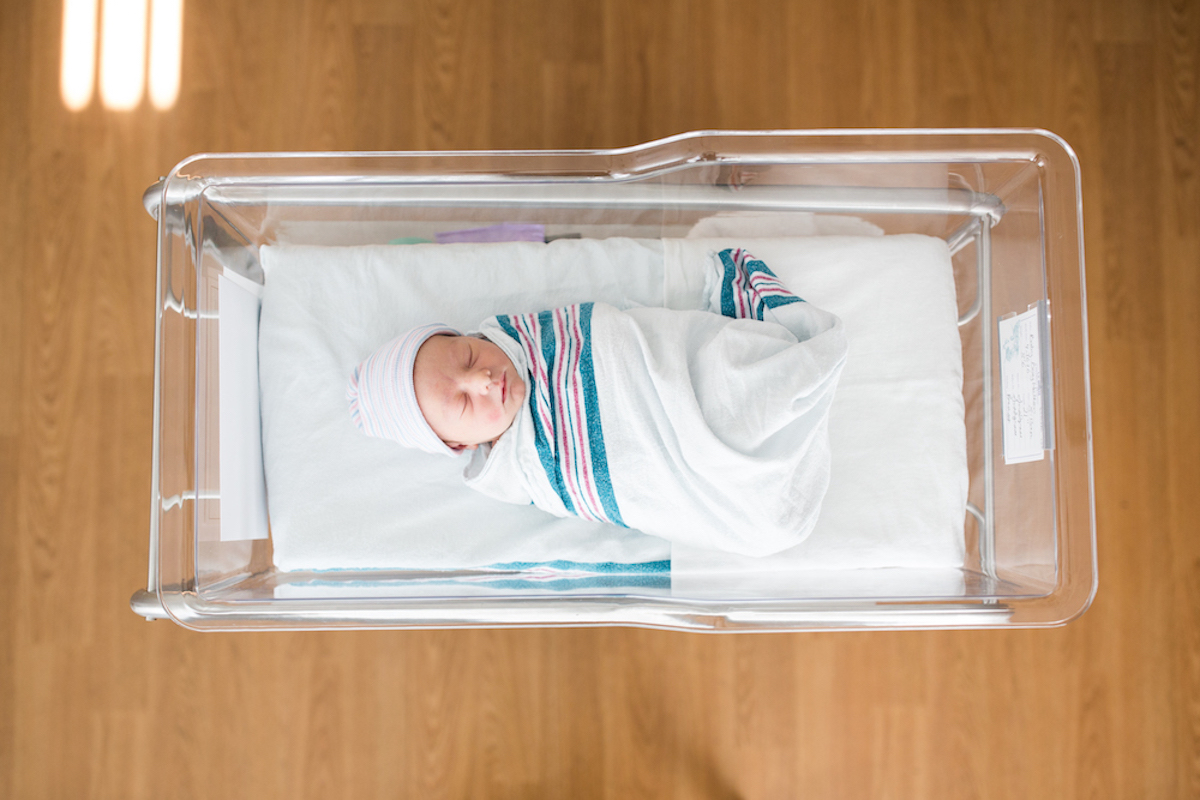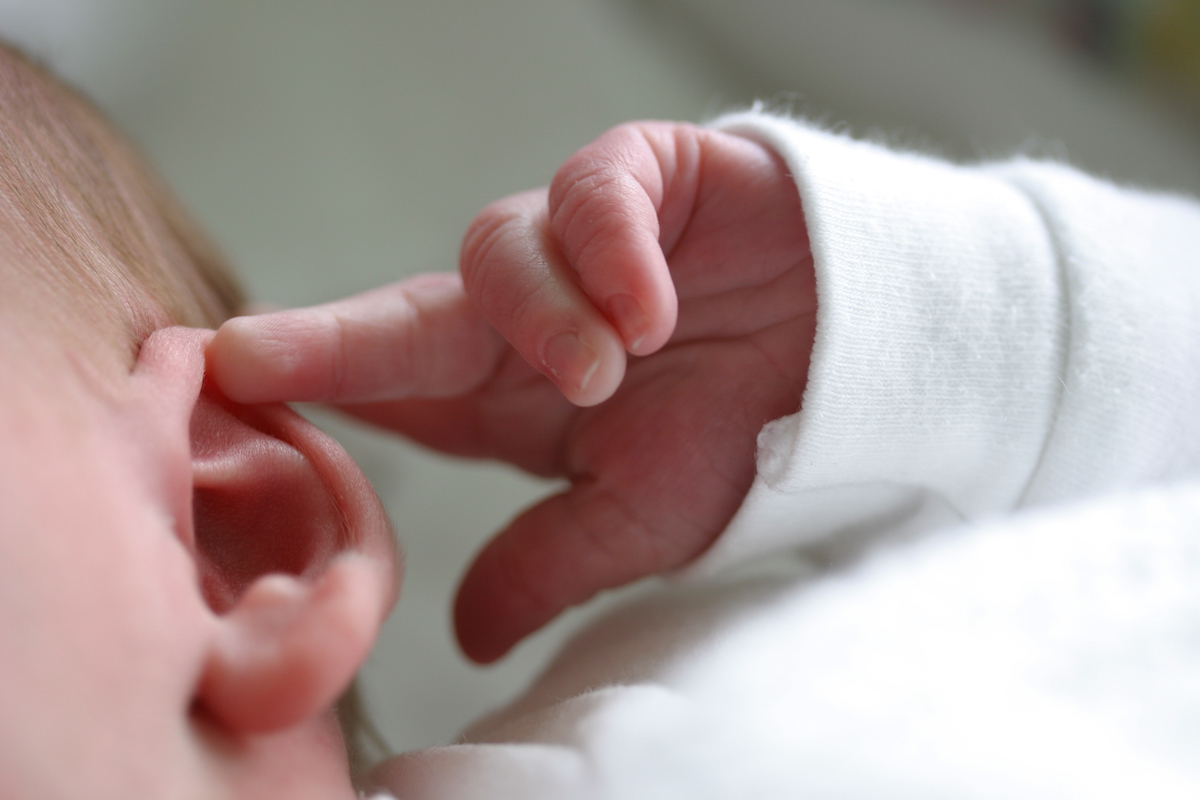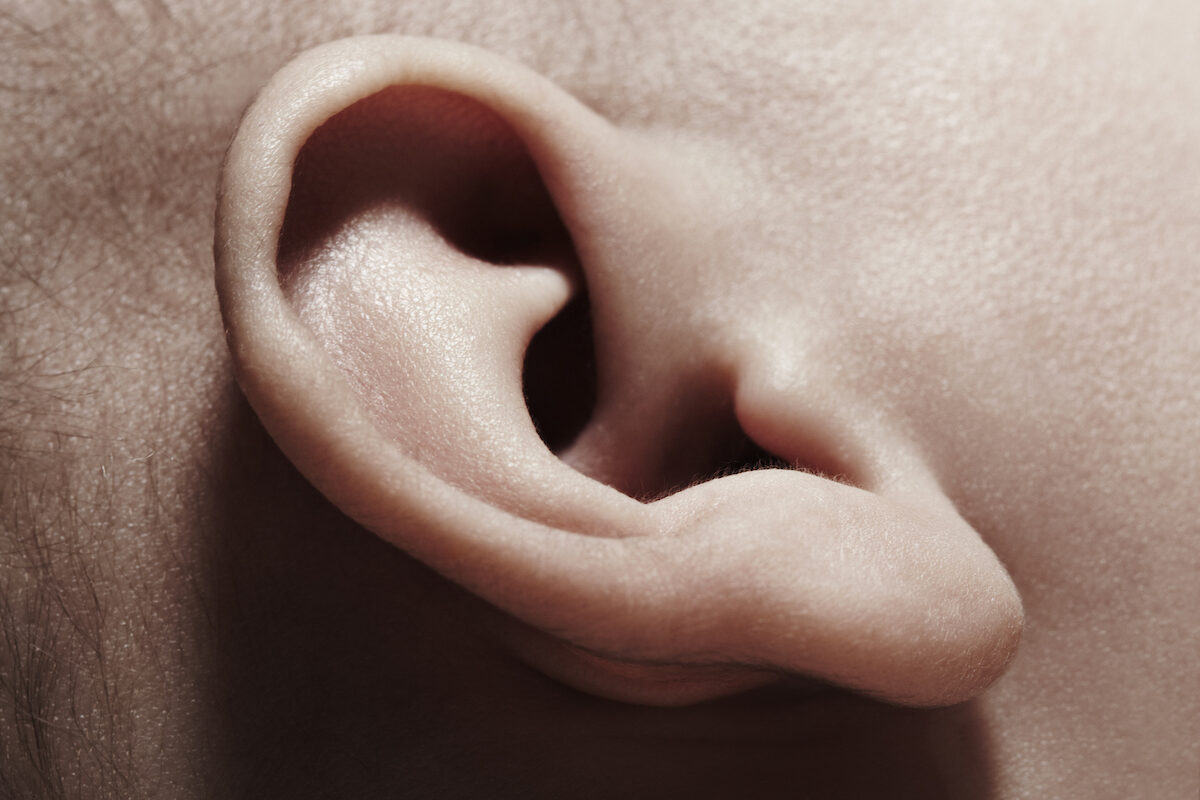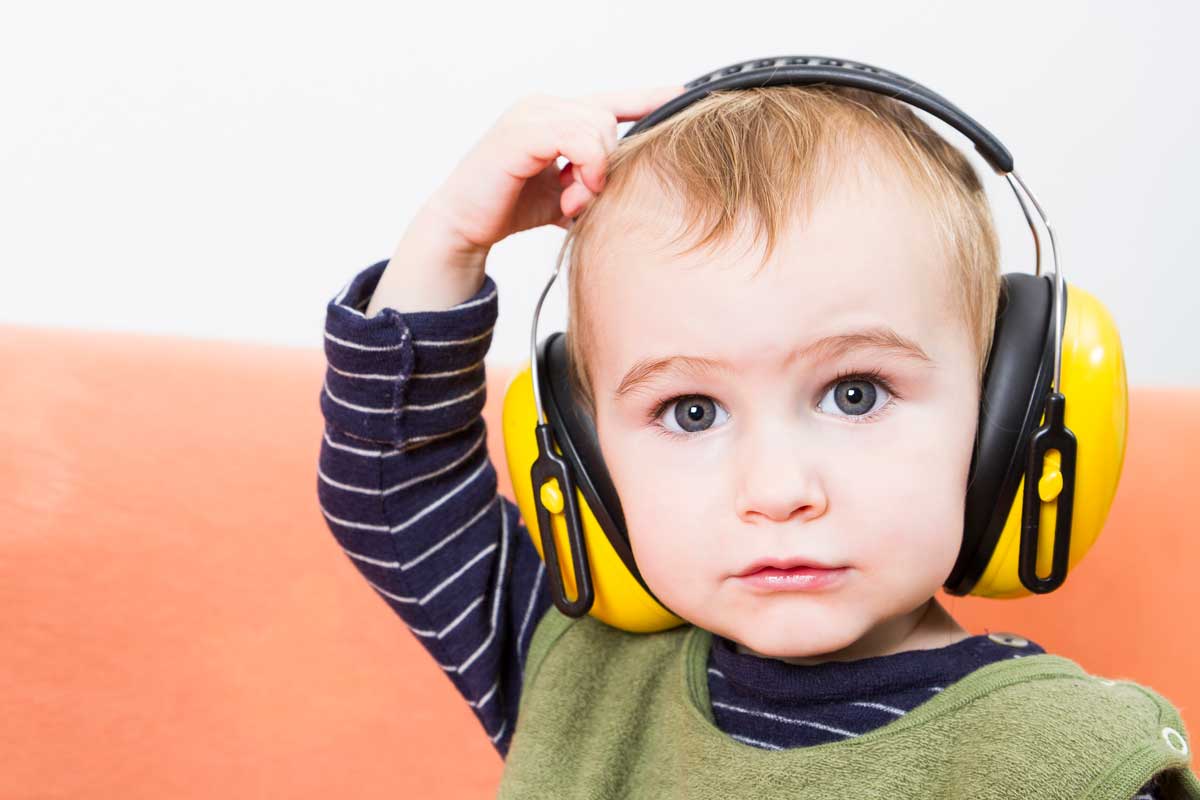After day care and plastics, perhaps the most common group of panic headlines on Instagram involve white noise. White noise as cause of development delays. White noise interfering with speech. White noise causing hearing loss. Often these claims are very vague — “Is White Noise Ruining Your Child?” — leaving a lot of room for imagination.
For example, the other day, someone sent me a reel in which someone first claimed that white noise has been shown “by research” to cause developmental delays and then said: “I’m not saying it’s the worst thing, but it’s also not the best thing.”

This has echoes, for me, of the rhetoric around things like coffee, or even antidepressants, in pregnancy. It’s non-specific, both in the type of threat and the degree, and makes it sound like you could do this if you’re a person who is cavalier about your child’s well-being. Which you aren’t! At the same time, as with coffee or antidepressants in pregnancy, there are reasons you might want to expose your baby to white noise while they sleep. Namely, white noise has been shown to help infants sleep better and stay asleep longer.
All this is to say: to evaluate the claims about any dangers of white noise, we need to be specific about what they are and why you might be concerned. Today I’m going to dive into this issue of “white noise and developmental delays.” Ultimately, this is in the hopes of laying these concerns to rest.
Issue 1: Noisy daytime environments
To understand the claims about white noise, it is important to separate the impact of noisy environments during the day from the nighttime white noise that many infants and young children are exposed to. I want to start with the first part of this.
A very nice 2017 summary paper discusses the issue of noisy environments for young children. The authors make a few salient points. First, intermittent loud noises can be stressful for all individuals, not just children. For example, living near a train line or an airport, where you are unexpectedly and frequently exposed to very high-decibel noise, may be linked to stress and poor sleep.
Second, and more relevant to young children, the presence of significant background noise can impair language learning. Here’s how to think about this: Imagine that you’re a 2-year-old trying to learn to speak. You do this by hearing the words that adults and older children say around you, seeing how their mouths move, and absorbing this. If you’re in a loud environment all the time — a very loud classroom, or a setting in which the television is playing loudly in the background all the time — it is harder to hear what is being said, and harder to absorb it. There is experimental evidence from young children in laboratory settings showing that toddlers are less likely to learn new words in an environment with very loud background noise.
In this sense, “developmental delays” in language could be more likely to appear — and I say “could” because we do not have any credible epidemiological data that directly links later language development to being in a loud environment — if kids are growing up consistently exposed to loud background noise while they are awake and learning language.
This work, while I think it is reasonably compelling, is not usually the question parents come to this topic with. Normally they are asking about white noise at night.
Issue 2: Hearing loss
Continual exposure to loud noises, among both children and adults, can lead to hearing loss. This is why people who work in, say, jobs with jackhammering all day wear headphones. One concern with white noise, even at night, is that it might lead to hearing loss in infants.
It is true that hearing loss can lead to difficulties with language learning, for the same reasons discussed above. If you cannot hear what is being said, it’s harder to learn to speak. The question is whether white noise at night causes hearing loss.
I wrote about hearing loss months ago in detail, so I will not fully revisit it here. The bottom line is that you should keep your white noise below 70 to 75 decibels (when it is heard in the crib), and there are phone apps you can get that will tell you decibel levels. At these levels, there is evidence in favor of improved sleep (which is, by the way, good for development) and no evidence of hearing loss.
Read the last post if you’re worried, test the decibel levels, and do not worry about this.
Issue 3: Something vague about auditory processing
The final set of concerns raised are in the vague space of “auditory processing brain changes.” The idea is that perhaps exposure to white noise changes how our brain processes noise in general, which might have negative effects.
The evidence in support of this is indirect and weak. We have, for example, a speculative paper suggesting that white-noise therapy for tinnitus in adults might not be the best approach. There is some work in rats showing that 24-hour exposure to white noise has small impacts on parts of the brain that do auditory processing. It is unclear what this means in practice or how it could translate to people or how it would differ without 24-hour exposure or etc., etc. It’s not that it is not interesting! Basic research science about the brain in rats is interesting. But it’s not, at this point, meaningful or actionable for us.
Summary
I spend a lot of time in this newsletter complaining about observational studies where one thing is correlated with another. The evidence here doesn’t even come close to that low bar. There is nothing out there that shows a correlation between white noise at night and any kind of learning or auditory disorder, let alone a causal impact.
The scientific and medical literature on white noise is largely about how it can be used therapeutically to improve sleep in all kinds of populations (older adults, infants, kids with cancer, shift workers, etc.). Since we know how important sleep is, it’s very likely that if we looked at these correlations, they’d actually show white noise improving outcomes, simply due to better sleep.
The TL;DR on this is simple: Any claims about the dangers of white noise for baby sleep are not based on anything meaningful in the data. Do you have to use white noise? Of course not. You don’t have to do anything as a parent, and there are many good choices. But if white noise is working for your child and they’re sleeping well, keep it. In an ideal world, it will drown out the sound of the scaremongering Instagram reels.
Community Guidelines
















Log in